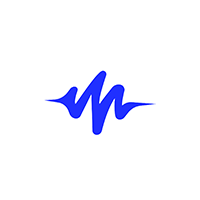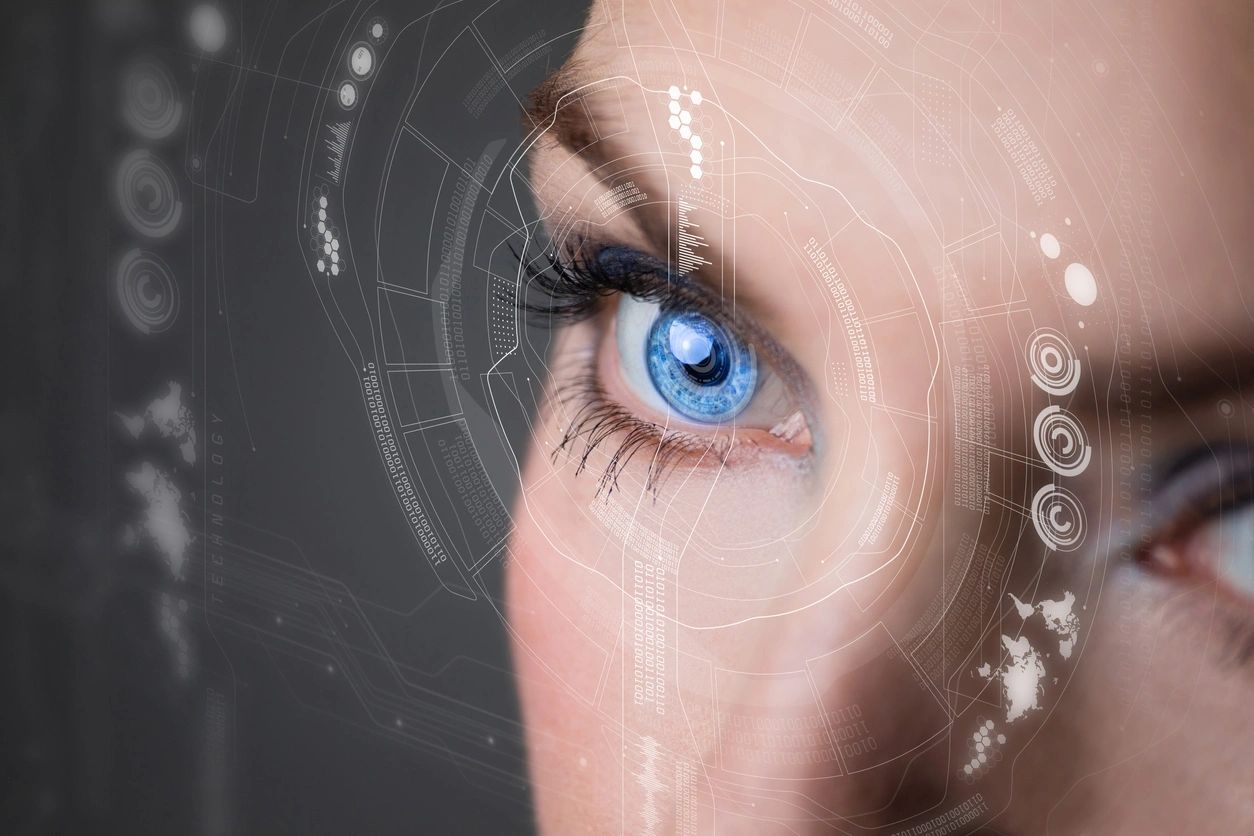A team of researchers at New York University has propelled an AI neural speech decoding forward, bringing us closer to a future where individuals who have lost their ability to speak can regain their voice. Their groundbreaking study, published in Nature Machine Intelligence, introduces a novel deep learning framework that effectively translates brain signals into understandable speech. This breakthrough holds promise for people with brain injuries, offering them a potential avenue for communication by decoding their thoughts or intended speech from neural signals.
How it Works?
Here’s a breakdown of their innovative approach:
1. Brain Data Collection: The researchers collected raw data from 48 participants undergoing neurosurgery. During the study, these participants read aloud while their brain activity was recorded using ECoG grids placed directly on the brain’s surface.
2. Mapping Brain Signals to Speech: Using this data, the team developed a sophisticated AI model capable of mapping the recorded brain signals to specific speech features, such as pitch, loudness, and the unique frequencies that make up different speech sounds.
3. Speech Synthesis from Features: The next step involved converting the speech features extracted from brain signals back into audible speech. To achieve this, the researchers utilized a specialized speech synthesizer that transformed the extracted features into a spectrogram—a visual representation of speech sounds.
4. Evaluation of Results: The researchers meticulously compared the speech generated by their model to the original speech spoken by the participants. They employed objective metrics to measure the similarity between the two, finding that the generated speech closely matched the original’s content and rhythm.
5. Testing on New Words: To ensure the model’s versatility, certain words were intentionally omitted during the training phase. Subsequently, the model’s performance on these unseen words was assessed. The model’s ability to accurately decode even new words demonstrated its potential to generalize and handle diverse speech patterns effectively.
Advantages of the NYU AI Speech Synthesis System
This innovative system from NYU has several notable advantages. It achieves high-quality speech decoding without relying on ultra-high-density electrode arrays, making it a more lightweight and portable solution. Additionally, it successfully decodes speech from both brain hemispheres, which is crucial for patients with brain damage affecting one side of the brain.
Building upon prior research in neural speech decoding and brain-computer interfaces (BCIs), NYU’s study represents a significant advancement in the field. It follows previous breakthroughs that enabled paralyzed stroke survivors to generate speech using BCIs. Recent studies have also explored AI’s ability to interpret various aspects of human thought from brain activity, ranging from generating images to producing music.
While NYU’s method offers a clinically viable approach, challenges remain, such as individual differences in brain activity and the complexities of data collection. However, the NYU team dedicates itself to refining their models for real-time speech decoding and adapting the system to implantable wireless devices for everyday use. These efforts bring us closer to the ultimate goal of enabling natural, fluent conversations for individuals with speech impairments.
See also: XAI Unveils Grok-1.5 And Introduces RealWorldQA Benchmark


















